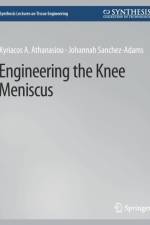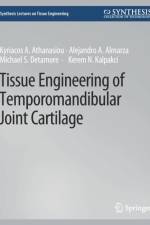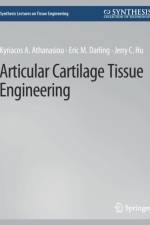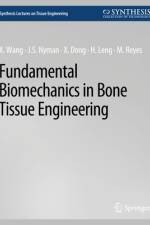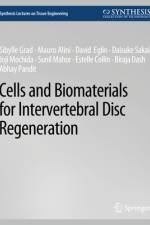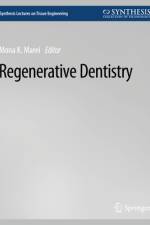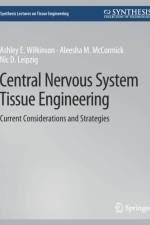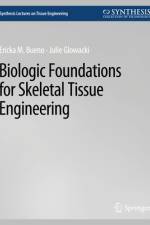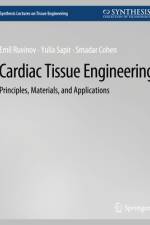av Mona Marei
507
Dental caries, periodontitis, tooth loss, and bone resorption are considered prevalent health problems that have direct affect on the quality of life. While, advances in stem cell biology and biotechnology have sparked hope for devastating maladies, such as diabetes, cardiovascular diseases, etc., it also provides a strategy of regenerative therapy for dental tissues. From the prospective of tissue engineering, it is of utmost importance to understand and emulate the complex cell interactions that make up a tissue or organ. Unlike other tissues in the body, dental tissues are unique in their development, function, and even in their maintenance throughout life. The harmonized stimulations of biology and mechanical regulators to promote cellular activities have matured our understanding of the value of regenerative therapy of dental tissue versus the reparative treatment. In this book, we review the current knowledge available to regenerate alveolar bone, periodontal structure, and pulp/dentin complex. The book provides researchers with detailed information about development and functional characteristics of the dental unit with detailed protocols covering a comprehensive range of various approaches to engineer dental tissues: to use isolated cells or cell substitutes as cellular replacement, to use acellular biomaterials capable of inducing tissue regeneration, and/or to use a combination of cells, biomaterial and growth factors. We are well aware, with the concept changes in the field toward in-vitro biomimetics of in-vivo tissue development. The theoretical frame work integrating these concepts of developmental biology and developmental engineering is yet to be emphasized and implemented. Until this happens, we consider this book of regenerative dentistry as a call for scientists to achieve, researchers to innovate, practitioners to apply, and students to learn the art and science of regenerative therapy in dentistry. Table of Contents: Introduction to Regenerative Dentistry / Tissue Engineering Alveolar Bone / Tissue Engineering of the Periodontal Tissues / Dynamics for Pulp-Dentin Tissue Engineering in Operative Dentistry

